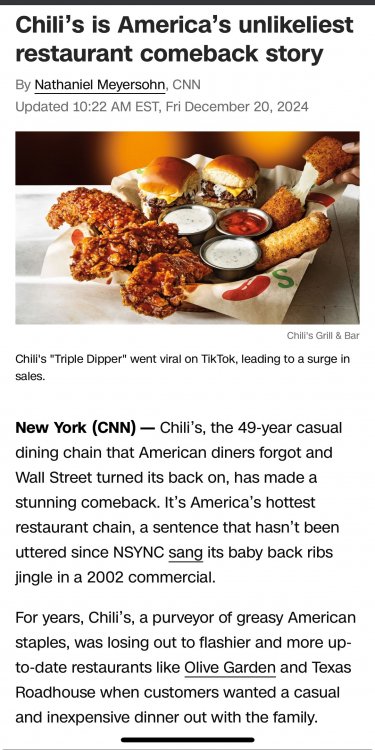Fast food workers in California now earn $20 per hour. How does Texas compare?
The Lone Star State has a ways to go to win that battle.
By Andrea Guzmán,Texas Brands Reporter April 12, 2024
About half a million fast food workers in California started making at least $20 an hour this month, a rate that’s $4 higher than the state’s minimum wage and $12.75 more than the minimum wage in Texas.
The current rate is a new wage requirement that went into effect for fast food workers in California this month as part of a bill that California Gov. Gavin Newsom signed last fall. It specifically applies to restaurants with larger operations; restaurant chains with more than 60 locations across the country must abide by it. But as other states move to make minimum wages closer to what many call "a living wage," Texas has stuck with the federal minimum wage of $7.25 an hour that hasn’t increased since 2009 despite efforts from some democratic state representatives to boost the wage.
So while fans of Whataburger and In-N-Out Burger fight over which restaurant chain has better food, the latter appears to win in the battle of wages.
Even in Texas, where In-N-Out is not required to pay the $20 an hour wage, the popular burger joint boasts wages at or near the California pay.
For example, a posting for a night sanitation technician in Lancaster, Texas has the pay range listed at $20.50 to $24 an hour. Another for quality control technician has a similar range with a cap at $24.88 an hour. Store associates are lower, however, with postings in Texas listing a pay of $17.50 an hour on Indeed. The job search portal still notes that almost 90 percent of workers reported that they’re satisfied with the pay at In-N-Out Burger.
“We start all of our new associates at a competitive wage for one simple reason...you are important to us!” the company’s employment page says. “And our commitment to a higher starting wage is just one of the ways in which we show it.”
Along with the wage increases, California’s new fast food industry standards also established a fast food council made up of both restaurant industry representatives and workers. The council has the power to make the $20/hour rate just a starting point since they can increase wages for the rest of the decade to keep pace with inflation or up to 3.5 percent.
At Whataburger, meanwhile, about half of respondents on Indeed said they agreed that they are paid fairly. The pay reported from dozens of workers for a cashier position lists an $11.11 per hour pay. A customer service representative lists $13.21 an hour and a slightly higher rate of $15.14 an hour is the reported pay for a unit leader.
Still, Whataburger has to follow some wage requirements as the fast food chain expands into states across the country, an effort that has led the company to reach 1,000 locations earlier this year. In states such as Colorado where the minimum wage is higher than in Texas, at $14.42 an hour, Whataburger charges slightly more for items such as cheese, bacon and patty melts.
But the wage boosts are a necessary task, Newsom and his supporters say. When signing the bill in September, Newsom pushed back against the idea that fast food jobs are for teenagers just joining the workforce, calling it “a romanticized version of a world that doesn’t exist.”
“We have the opportunity to reward that contribution, reward that sacrifice and stabilize an industry,” Newsom said.
Conclusion: Tell your kids in Texas to work at In N Out instead of Whataburger. In n out costs less, taste better, and pays more.









